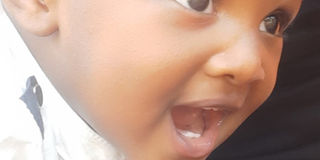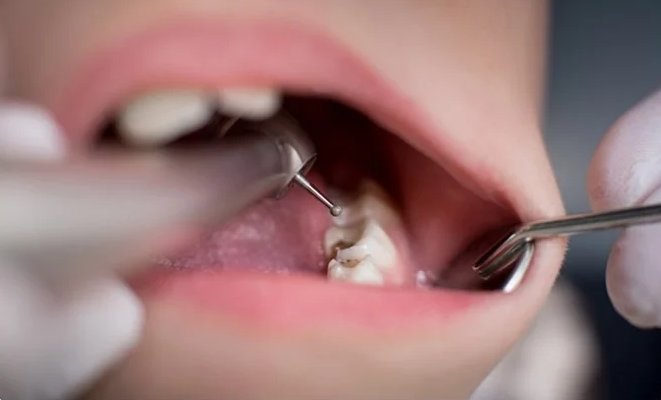Prime
Eruption and shedding of baby teeth

What you need to know:
- A child’s central teeth, both upper and lower, are the first to appear. Other teeth erupt sequentially, moving towards the back of the arch. The exception of this is the first molars, which typically erupt before the eruption of canines also known as cuspids.
Tooth eruption begins at six months and can last until the age of three. During this stage, your child’s gums may be sore and irritable. You can soothe the gums by gently rubbing the gums with a cold, wet cloth, the back of a cold spoon or a clean finger.
A child’s central teeth, both upper and lower, are the first to appear. Other teeth erupt sequentially, moving towards the back of the arch. The exception of this is the first molars, which typically erupt before the eruption of canines also known as cuspids.
The first teeth to erupt are the lower and upper central incisors, which usually erupt between the ages of six to 12 months. The next teeth to erupt are the lateral incisors (between nine to 16 months, followed by the first molars (13 to 19 months). The canines erupt from 16 to 23 months while the second molars erupt between 23 and 33 months.
Note that in some rare cases, there are children who will not have developed a first tooth even at 18 months of age. Also, the eruption of the same tooth on both sides of the dental arch can be delayed but if this goes beyond six months, talk to your dentist.
What could delay the eruption of teeth?
Baby teeth coming in late can be caused by several factors including:
Genetics. In some cases, delayed eruption can run in the family.
Premature birth or low birth weight. Babies who are born significantly early may experience a range of developmental delays and tooth eruption can be one of them.
Vitamin deficiencies. Nutritional and vitamin deficiencies can play a part in delayed tooth development and eruption.
Developmental disorders. Delayed tooth eruption is more common in babies with developmental disorders such as hypopituitarism, a disorder of the pituitary gland, the gland that secretes growth hormones.
Baby teeth shedding
Children typically begin shedding their baby teeth at the age of six, starting with the central incisors and followed about a year later by the lateral incisors. The first molars are shed next, closely followed by the lower canines. The upper canines and both upper and lower second molars are then shed.
Dr Muhammad Matovu, dental surgeon




